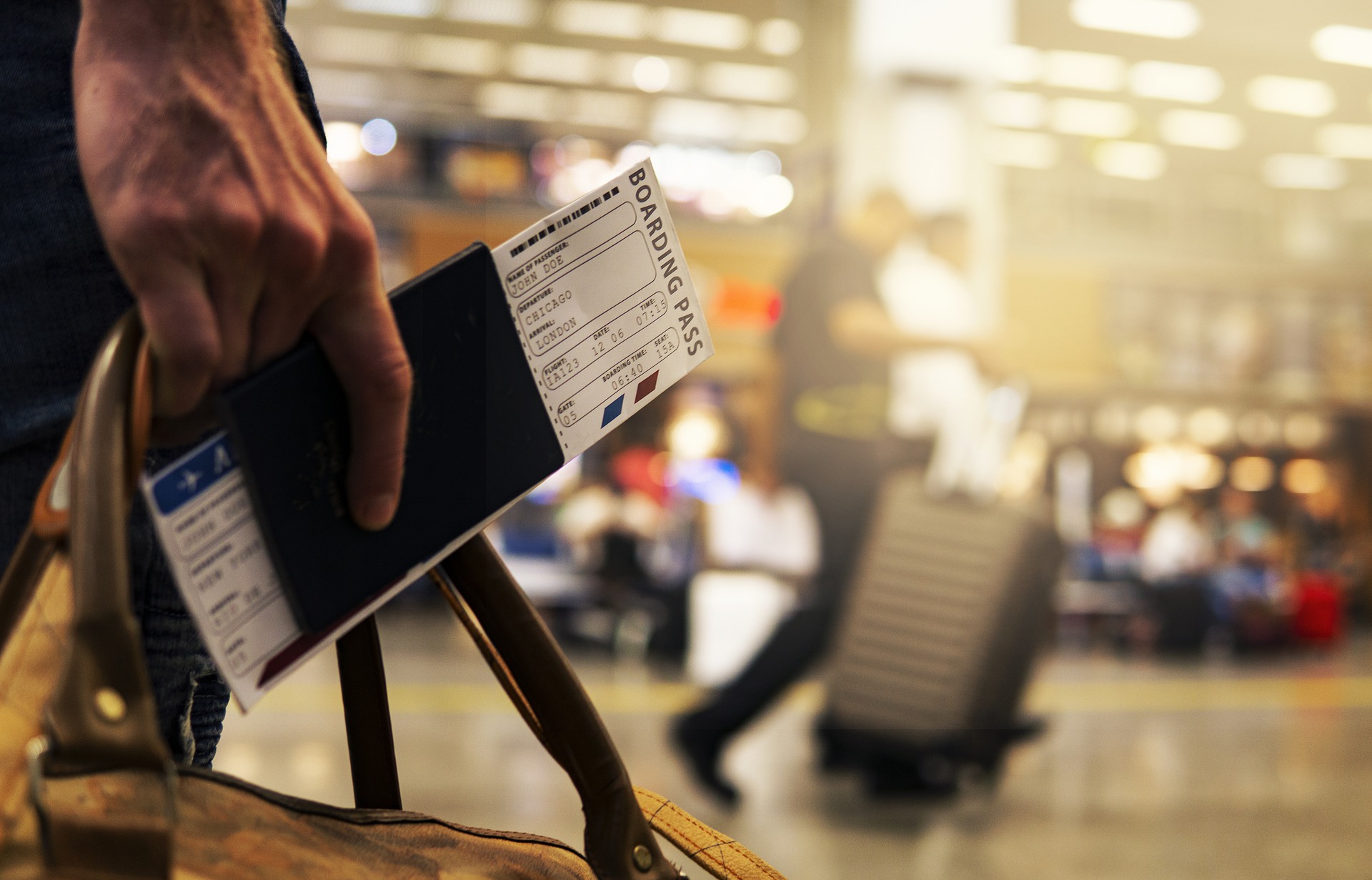There have been recent changes to the way USCIS and U.S. Customs and Border Protection (CBP) issue the Form I-94, the document that is used to show your valid stay in the U.S. CBP has fully implemented its program to automate Form I-94 at all air and sea ports pursuant to the agency’s interim final regulation. Outlined below are some details on how you can print and keep your I-94 for your stay in the U.S. and some points on any difficulties there might be in getting a copy.
Q1: I found my I-94 on the CBP website, what do I do now?
A: You should print the I-94 every time you enter the U.S. Next, you should verify that the information on the Form I-94 is correct. The Form I-94 may be needed for I-9 compliance in future immigration petitions or applications and/or to apply for other benefits, such as a social security card or a driver’s license.
Q2: What if I cannot locate the Form I-94 on the CBP website, and instead, I received a “Not Found” message? What should I do next?
A: It is possible that the Form I-94 does not exist because of a system error. However, it is more likely that the Form I-94 is in the CBP system, but the data is formatted differently than you entered it, so the I-94 is “hiding.” Here are some tips to assist you in obtaining the Form I-94 out of the CBP automation system.
First, Ensure data is entered correctly in all applicable fields.
a. Enter the name as stated in the passport, visa, or the submitted Form DS-160.
Although CBP has stated it would draw the name for the Form I-94 from the travel document (e.g., passport biographic page), that is not always the case. The instructions on CBP’s website state that the name is drawn from the visa, if any. Therefore, check the passport, visa, and a copy of the submitted Form DS-160 (if available) for name variations. Try entering the name as stated on each document.
b. Enter the first and middle name in the First Name field. In the first name field, type
the first and the middle name (if any) with a space in between. Do this even if the middle name is not stated on the passport or visa.
c. Switch the order of the names. Switch the last and first name when entering the
information on the website. Some countries state the name in the passport as first name, last name, rather than the more standard order of last name, first name. This may cause the name to be recorded incorrectly in the CBP system.
d. Enter multiple first names or multiple last names without spaces. If a person has
two first names or two last names, type the first names without a space between them or the last names without a space between them. Example: type the first names “Mary Jane” as “Maryjane”
e. Check for multiple passport numbers. Check the Form DS-160 (if available) for the passport number stated. If the passport number on the Form DS-160 is different than the passport number on which the person was admitted, type the passport number as stated on the submitted Form DS-160. Also, check the passport number stated on the visa. If the passport number is different than the current passport, enter the passport number stated on the visa.
f. Do not enter the year if included in the passport number. Some passport numbers
may begin with the year in which the passport was issued, causing the number to be too long for the relevant field in CBP’s automation system. If relevant, try entering the passport number without the year. For example, a Mexican passport that was issued in 2008 may have a passport number that starts with “08” followed by nine digits. Try entering the passport number without the “08.” This problem should not arise for newer Mexican passports, as those passports do not begin with the year.
g. Check the Classification. Check the classification designated on the visa and compare it
to the classification stated on the admission stamp in the passport, as there may be a slight variation. Be sure to try both designations. For example, the visa may state “E-3D” for an E-3 dependent, but the admission stamp may state only “E-3.” The automated I-94 could state the classification either way.
Continue reading
 Starting April 11, 2025, USCIS will begin requiring certain foreign nationals to register with the agency and submit to fingerprinting if they remain in the United States for 30 days or longer. Foreign nationals who remain in the U.S. for less than 30 days are not required to register.
Starting April 11, 2025, USCIS will begin requiring certain foreign nationals to register with the agency and submit to fingerprinting if they remain in the United States for 30 days or longer. Foreign nationals who remain in the U.S. for less than 30 days are not required to register. Visa Lawyer Blog
Visa Lawyer Blog









